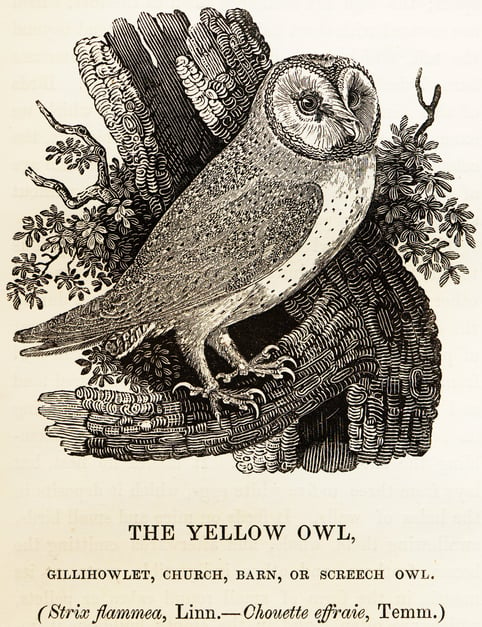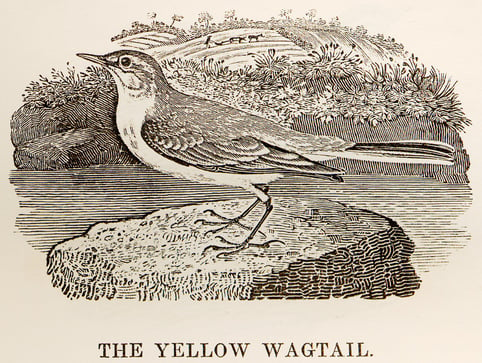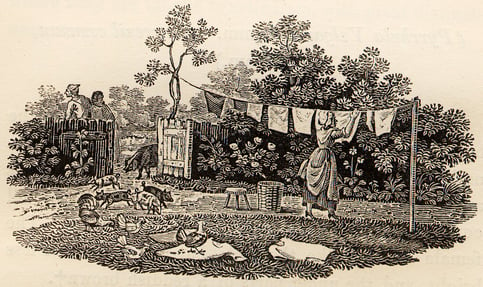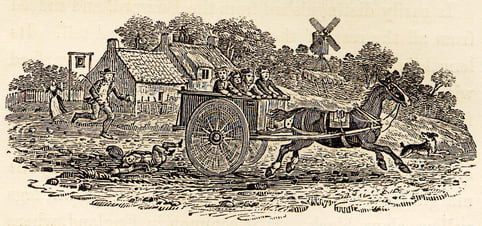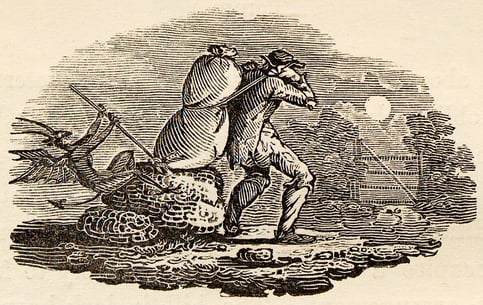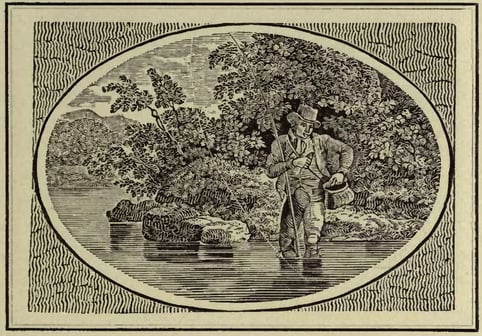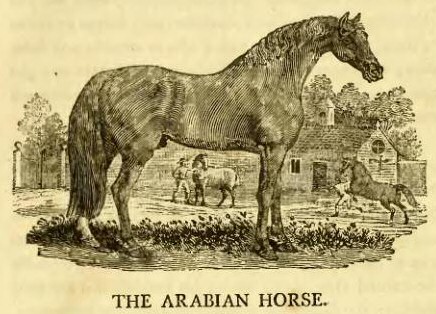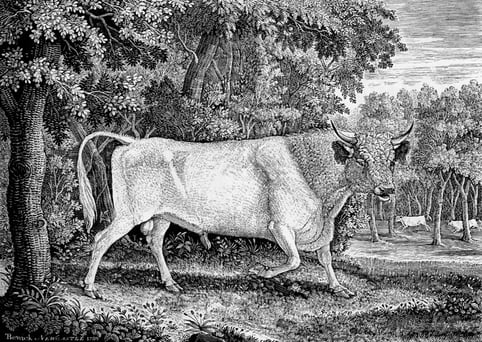Thomas Bewick, an English naturalist and woodcut engraver working during the 18th and 19th centuries, was by all accounts at the top of his field during his lifetime. He combined tools originally developed for metal engraving and innovative techniques that introduced the gray scale into what was previously a black-and-white medium with tremendous wit and artistic talent. In doing so, he created engravings that still delight audiences today. His devotion to the natural world (birds in particular) as well as his interest in fairy tales led to the creation of images so intricate and detailed that they often had to be examined with a magnifying glass in order for the full effect to be realized. Here’s an overview of some of his most noteworthy engravings.
A History of British Birds
Perhaps Bewick’s best remembered work is A History of British Birds (1797, 1804) for which he was both a primary author and the engraver. Essentially a layman’s field guide, the work is known as much for its tail-pieces (illustrations added to fill space between entries) as its illustrations of birds. The work caused a huge stir when it was first published and is even featured in Charlotte Brontë’s Jane Eyre (1847).
Note the plowboy behind the Yellow Wagtail in the image directly above; this was the type of detail for which Bewick was renowned, and which figures most prominently in his tail-pieces. For example, a bird tracking muddy footprints across freshly laundered clothes (see directly below), or the runaway cart full of children whose wheel can be seen to be gaining speed. As printed, the latter engraving (see the second image directly below) is only eight centimeters wide.
Brontë, for her part, took particular notice of this next engraving, which depicts a thief being harangued by a demon. Her narrator in Jane Eyre describes being particularly frightened by it.
Aesop's Fables Illustrations
Perhaps his most famous work beyond A History of British Birds were the illustrations of Aesop's Fables that he published at several points throughout his life beginning in 1776. From those editions we have this famous engraving of 'The Angler and the Little Fish'.
As well as an illustration for 'The Fox and the Bramble'.
A General History of Quadrupeds
When preparing A General History of Quadrupeds (1790), Bewick actually intended his book to be read primarily by children. The fact that it would go on to gain a much wider audience and would eventually be considered an important work of naturalism helped solidify Bewick's reputation fairly early on. The book featured a number of notable engravings, including one of an Arabian horse:
Engraving for Others
Of course, Bewick was a prolific engraver not just when it came time to furnish his own work with illustrations, but in the service of a number of his contemporaries. For instance, one of his most famous engravings, The Chillingham Bull, was done for Marmaduke Tunstall.
Today, The Chillingham Bull remains so iconic that it was set into the pavement near Newcastle's Central Station in order to commemorate the 250th anniversary of Bewick's birth.




